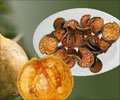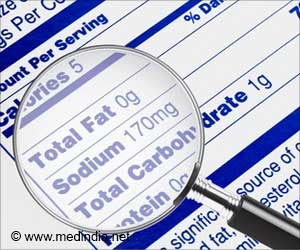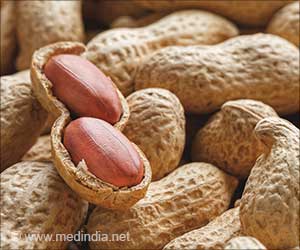Torrefacto-roasted coffee has higher antioxidant properties than natural roast, according to the dissertation defended by a biologist of the University of Navarra.
Torrefacto-roasted coffee has higher antioxidant properties than natural roast, according to the dissertation defended by a biologist of the University of Navarra. She has emphasized in her study that the addition of sugar during the roasting process increases the development of compounds with high antioxidant activity.
The researcher of Department of Food Sciences, Physiology and Toxicology of the University of Navarra analyzed eleven varieties of commercial coffee for her study, which was entitled “The Influence of Torrefacto Roasting on the Principal Components of Coffee and its Antioxidant and Pro-oxidant Capacity.”As this scientist of the School of Sciences emphasized, numerous studies have shown the benefits of this drink. In particular, it is considered to be one of the best sources for antioxidants in the diet; these substances help to protect us against free radicals, which are a cause of premature aging and certain diseases. Coffee has an antioxidant capacity which is ten times higher than other drinks, such as red wine and tea.
In order to carry out this research, Isabel López analyzed the coffee consumption habits of the inhabitants of Navarra, via 300 surveys. The results showed that Navarrans consume an average of 125 ml of coffee per day, with consumption slightly higher among women. In addition, they primarily consume ground coffee resulting from a mixture of natural roast and torrefacto-roast coffees, and the coffee is generally prepared with Italian or mocha coffee makers, followed by the filter, espresso and pump methods.
After confirming the increased antioxidant capacity of ground coffees roasted using the torrefacto process, she showed how these properties were present in the brewed coffee, which is the typical form of coffee consumption. In regard to the different preparation methods, she discovered that espresso machines produce a drink with the highest antioxidant capacity, more than coffee produced by the Italian, filter and pump methods. These properties may be due to the greater content of ‘brown compounds’ [compuestos pardos] developed during the roasting process, as well as to polyphenic compounds and caffeine.
In addition, she demonstrated that both the compounds contained in coffee as well as its aroma are affected by the type of roast and the system of extraction; nevertheless, this is a topic that will require further study in order to identify results under varying conditions. In her study, Dr. López identified 34 volatile compounds with high aromatic impact on coffee drinks, and new aromatic compounds were detected, such as octanol, which produces an intense orange aroma.
Source-Eurekalert
SRM/L











